The great blue heron is the largest bird of the heron family Ardeidae in North America.
Its wingspan reaches 2 m. It looks like a grey heron but is larger than it is.
The Nisqually Indians living in the west of the American state of Washington consider these birds their ancestors. They believe that in times immemorial, men who quarreled with their wives were turned into birds with long beaks.
In 1986, the blue herons were recognized as a symbol of the city of Portland, where they now hold annual celebrations in early July. The celebrations last almost two weeks and are dedicated to protecting the environment. Local fish farmers do not share this enthusiasm.
Spreading the great blue heron
Habitat covers most of North and Central America. The species is also found in the north of the South American continent and many islands in the Caribbean Sea. A small population nests in the Galapagos.
Blue Herons inhabit temperate, subtropical, and tropical climate zones. They always settle near different reservoirs, preferring lakes, slow river deltas, mangroves, lagoons, bays, marshlands, and partly sea coasts. The nests are located directly at the water on growing trees and shrubs close to the water.
The flight of the large blue heron of the Highlands is avoided by birds. Exceptions are the birds that live in Panama at altitudes up to 1500 m above sea level. The great blue herons nest in southeast Alaska, southern Canada, the USA, Mexico, and the Galapagos Islands. They spend the winter on the Atlantic coast, the Caribbean and Antilles, Colombia, Ecuador, and Venezuela. Sometimes individuals travel to Europe and are observed in England, Spain, and the Netherlands.
Migration is carried out in small groups, which only occasionally consist of 100 birds. The only non-migratory subspecies is A.h. The only nonmigratory subspecies is A.h. fannini, which inhabits the northwest coast of the USA.
A small proportion of Bluethroats remains overwintered at nesting sites if there are frozen water bodies. If they freeze, they will fly away to warmer regions. To date, seven subspecies have been identified by systematics.
The behavior of the great blue heron
Great blue herons show territoriality depending on sex, age, and season. Males protect their territory all year round, and females during the nesting period. Married couples drive strangers out of their possessions together with painful punches with their beaks. Females and females do not show any aggression towards their tribesmen on hibernation.
The picture with large blue herons Chicks and young birds in a stressful situation or when predators approach burp the stomach contents. Bad smelling liquid scares away many aggressors. Vulture Indians (Cathartes aura) intentionally tease young people to steal the burped mass and feed it to their offspring. During feeding, the bird stands still in the middle of the vegetation with its neck and beak stretched upwards, swaying its body in tune with the gusts of wind.
The gray and blue color of the plumage makes it invisible against the sky and water.
In flight, birds bend their necks in the shape of the Latin letter S, and their legs are kept elongated along the body. No such bending is observed during takeoff or flights for short distances. The flying heron slowly and deeply swings its wings, announcing its approach with screams. The average flight speed is about 32-48 km/h.
Feeding the great blue heron
Frying takes place in shallow water at depths of up to 50 cm or in wet ground. On dry soils, it is very rare to find food. During hunting the hunter stands still for a long time until the potential victims stop considering her dangerous and approach the minimum distance.
In streams or slowly flowing rivers, it gradually moves forward against the current, while in standing water it drives the fish with open wings or kicks.
The great blue heron is looking for food Mining grabs with the lightning movement of its beak. Sometimes the bird puts its head in the water and looks for prey at the bottom. It can dive for life in deep waters, but this behavior is not typical for this species.
The victim is swallowed whole, sometimes pre-dipping into the air.
A medium-sized heron kills the fish and begins to eat an already immobile fish. Attempts to eat too large a prey can lead to choking and death. The predator digests fish bones, but the wool of small rodents spits out in the form of pressed lintels about 10 hours after meals.
The blue heron can see well in the dark, so it hunts not only during the day but also at night if necessary. Most often it goes out to hunt early in the morning and late in the evening. Her favorite treat is fish up to 20 cm long. Besides her, she eats amphibians, lizards, tadpoles, snakes, crustaceans, insects, small mammals, and birds. It helps to survive the helplessness of eating falling.
Reproduction of the great blue heron
Great blue throats nest in colonies, much less in pairs. They often neighbor with White Herons (Ardea alba), Eared Cormorants (Phalacrocorax auritus), and Common Quakers (Nyctocorax nyctocorax). Most often colonies are located on islands or marshes inaccessible to predators, surrounded by tall trees at a distance of 2-12 km from inhabited areas and with abundant nest-building material.
Their location varies periodically and depends on the stability of green spaces. They are surrounded by guanos, which are highly phytotoxic and kill plants.
Image of a large blue heron Nests are built on deciduous and coniferous trees at a height of 20-50 m above the ground, much less often right on the soil surface or on power line poles. There can be from 5 to 30 nests on one tree, and 5 to 500 birds nest in one colony.
The male collects twigs, leaves, grass, brushwood, fur, and reeds. The female builds a family nest out of them. It looks rather slovenly, requires constant repairs, but is sometimes used for several years. In the first year, its diameter reaches 50 cm and doubles with time.
The males are the first to return to the colony from the winter.
They occupy last year’s nests and furiously guard them against competitors, shouting and attacking them with open beak and open wings. Once the females have arrived, they form pairs and start turning. The gentlemen present their chosen ones with twigs and blades, while the ladies greet them with stretched necks and raised beaks while performing numerous curtsies.
Both partners try to fluff up their feathers and make short intermittent sounds, accompanying the exchange of courtesies with a dance in a circle. Then they tingle each other’s feathers and start mating, which lasts 12-15 seconds.
In the northern part of the range, females lay eggs from March to May, and in the southern part from November to April. There are 3-7 light greenish-blue eggs of about 62×63 mm in size and 65-75 g in weight. Eggs are laid with a period of 2-3 days.
In case of death of the clutch, the female may lay it again. Close human presence adversely affects the hatching of chicks. Scared birds usually leave the nest not only with laid eggs but also with hatched chicks.
The female incubates the clutch at night and is replaced by a male during the day.
The incubation lasts 25-29 days. The chicks hatch at intervals of several days. First-borns grow more rapidly and oppress their younger brothers, taking away their food. Both parents feed them, burping food right into their beaks during the first 10 days. Then the babies themselves climb into their parents’ beaks. As they grow older, their parents simply throw fish change into their nest.
A great blue heron at hunting Chicks become on a wing at the age of two months. After the first flights, they sometimes fly into other people’s nests by mistake and throw out their former occupants.
Description of the great blue heron
Body length from head to tail 60-65 cm, height about 100 cm. The average wingspan is 180-200 cm, weight 2000-3600 g. The plumage is grayish-blue, light in summer, and darker in winter. The upper part is gray, with whitish, blackish, and brownish stripes visible on the neck.
The heads of the males are decorated with a black feather crest. They are slightly larger than females.
The long wings are rounded at the ends. The tail is very short and also has a rounded shape. The long and powerful beak is painted yellowish from below and gray or dark grey from above. Its color depends on the habitat and subspecies.
The neck is elongated, legs are thin and long, painted in various shades of grey-green or gray-brown. In males, additional feathers appear on the chest during the breeding season.
The life expectancy of the great blue heron in natural conditions is 15-20 years.
Did you like interesting facts about the great blue heron? Share it with your friends.
See also 7 fun facts about herons
Fun Facts About the Great Blue Heron
For kids, learning about the great blue heron can be fun. These large wading birds live near wetlands and open water and can weigh five to six pounds. They are the pride of Australia and can be seen in most parts of the world. To learn more about this beautiful bird, check out these fun facts. Listed below are a few of its interesting facts. In addition to the fact that they are the largest birds on the continent, they also weigh about five to six pounds.
The great blue heron is one of the most famous birds in the United States. The bird’s yellow bill is incredibly beautiful and is the largest heron species in the world. The tall legs make it easy for it to move around and wade in coastal waters in search of small fish. You can learn about this fascinating animal by reading some of these fun facts about the great blue heron. These birds can be found in wetlands and on lakes, as well as in the middle of the ocean, and are often spotted along a river or lake.
The Great Blue Heron is a huge bird. Their large body is covered in white plumage, and their feathers are usually bright blue. Interestingly, the blue of their plumage can change color, and some subspecies are white. While this does not affect their overall color, the great blue heron is considered a very lucky bird. This beautiful bird can be found in many different habitats, including the coasts of Florida and the Caribbean.
The great blue heron is the most elegant bird in the United States. Its white body is covered in a bluish-purple belly, and its talons are made of feathers. They are about four feet tall, and have a long, sinuous neck. This bird is not very social and does not have any social problems. In fact, the Great Blue Heron spends most of its time in a single colony of 500 breeding pairs, called heronries. The herons are not bothered by each other, and will not interfere with each other’s behavior.
The Great Blue Heron is a large bird with beautiful, black and white feathers. The color of its wings is yellow, and it is a beautiful sight to watch. Its legs are long and sharp. And its tail is a great place for a family to raise their young. During the day, the great blue heron will gather at the water’s edge. And it is not afraid of humans.
Another fun fact about the Great Blue Heron is that it does not give birth live. Instead, it lays eggs and incubates them for a period of 27 to 29 days. Both parents will incubate the eggs to protect the baby from the elements. The eggs hatch within four weeks and the birds leave the nest after two months. So, it’s a great bird to see. You’ll be glad you saw one in the wild!
While its wingspan is 6 feet, the Great Blue Heron also has a long and sinuous neck. Their legs and feet are black and white. The great blue heron can weigh anywhere from five to ten pounds. The female Great Blue Heron breeds in colonies, which are known as heronries. They live in heronries and nest in areas where they can find the best places to lay their eggs.
The males are larger than the females. They have longer decorative plumes than the females. In addition to nesting, the great blue heron spends most of the day resting in a sheltered location and sleeping in trees at night. This bird is a member of the Aves family, which means they are not only beautiful but also incredibly smart. This is a fun fact to share with your children.
Great Blue Herons are the largest birds on the planet. They are beautiful and majestic, but their males are slightly larger and have longer ornamental plumes than their female counterparts. In fact, males are rarely distinguishable from their females, and they rarely interact with one another. When they are together, they only socialize when they are nesting, and they fly apart to find food. And they are not territorial – they are sociable!

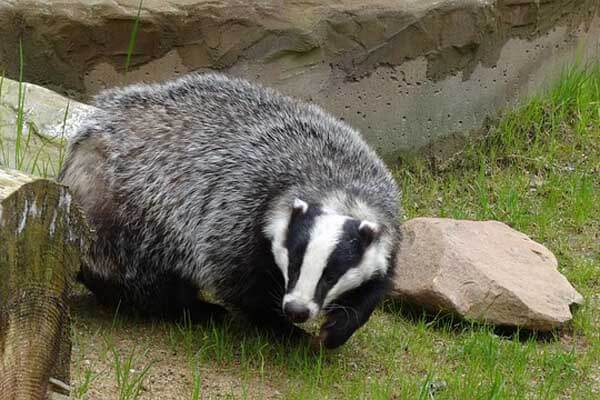

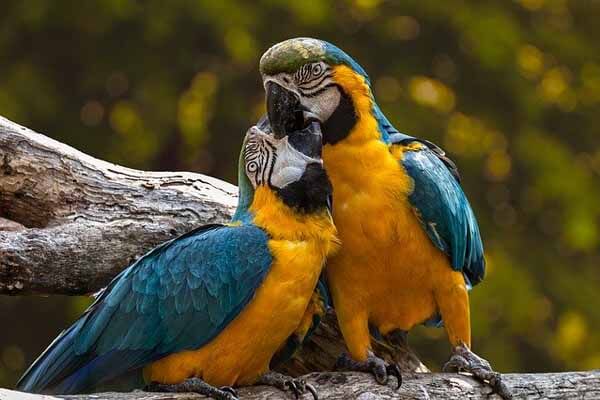
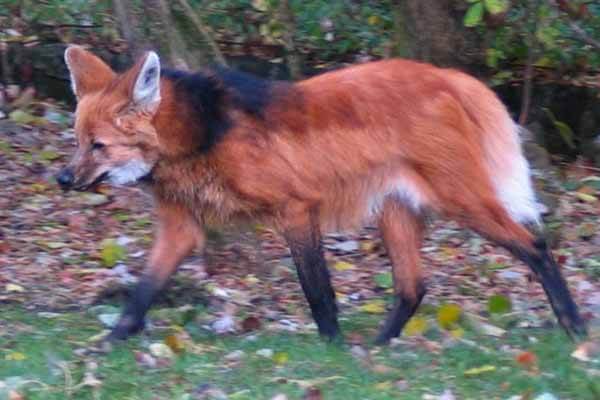
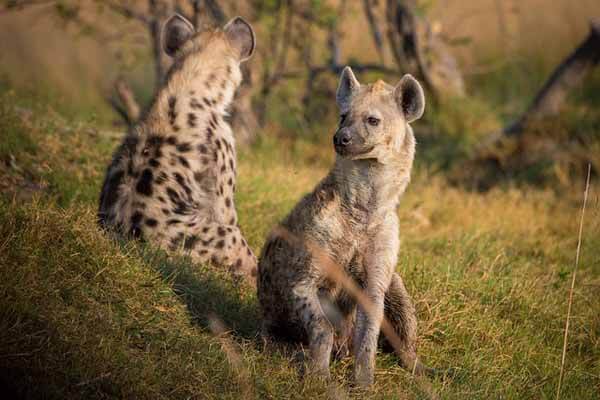


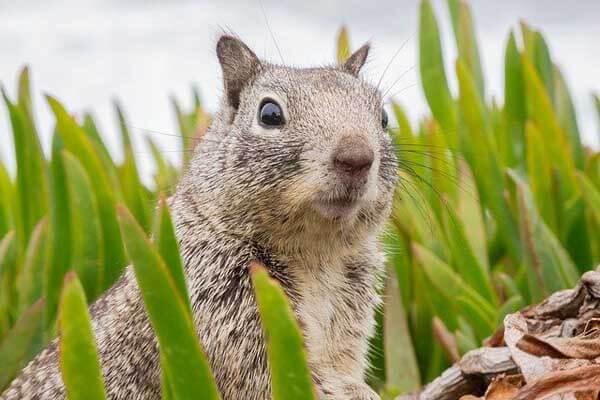
Thank you for the article! Such interesting and amazing great blue heron facts!